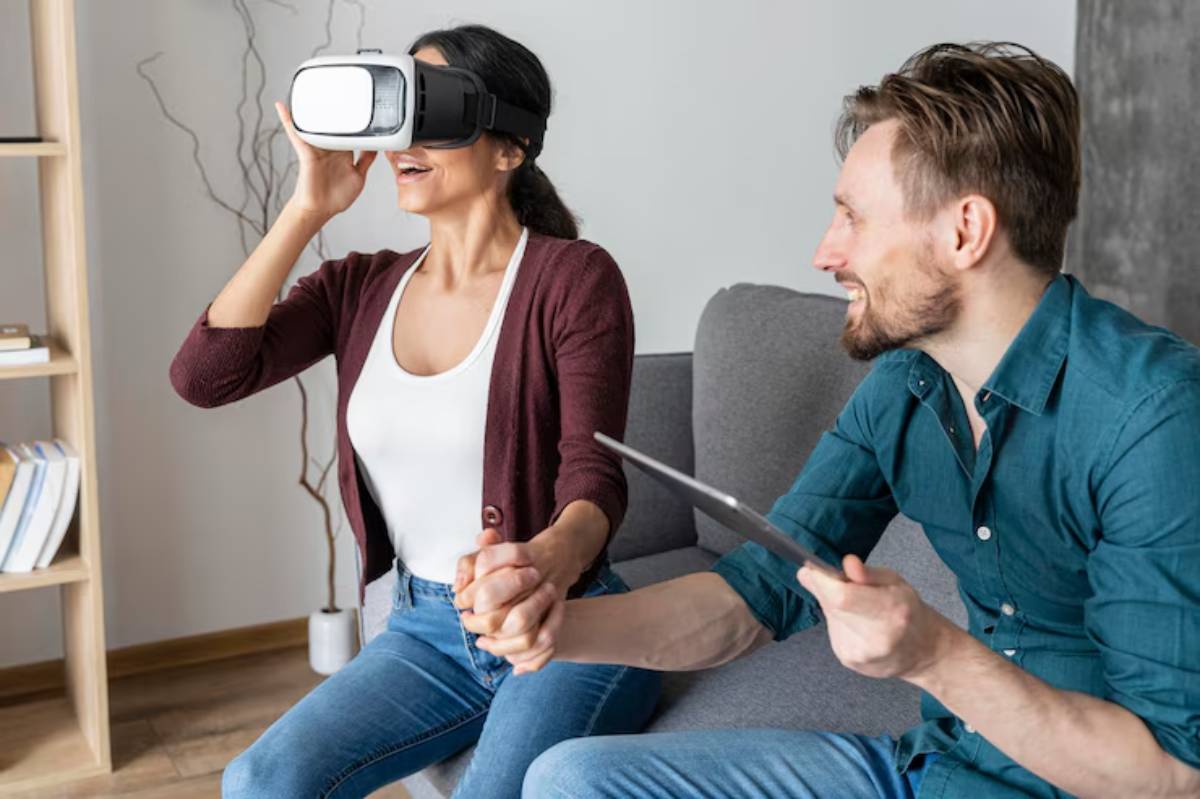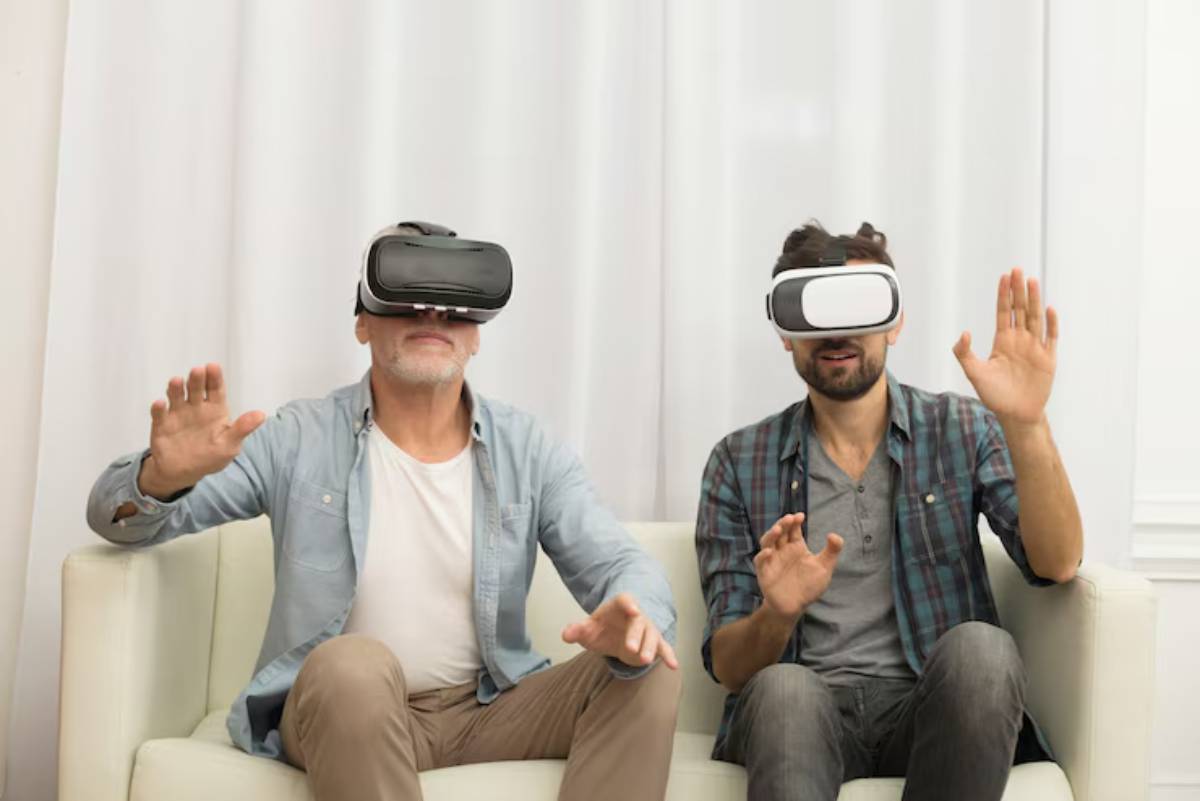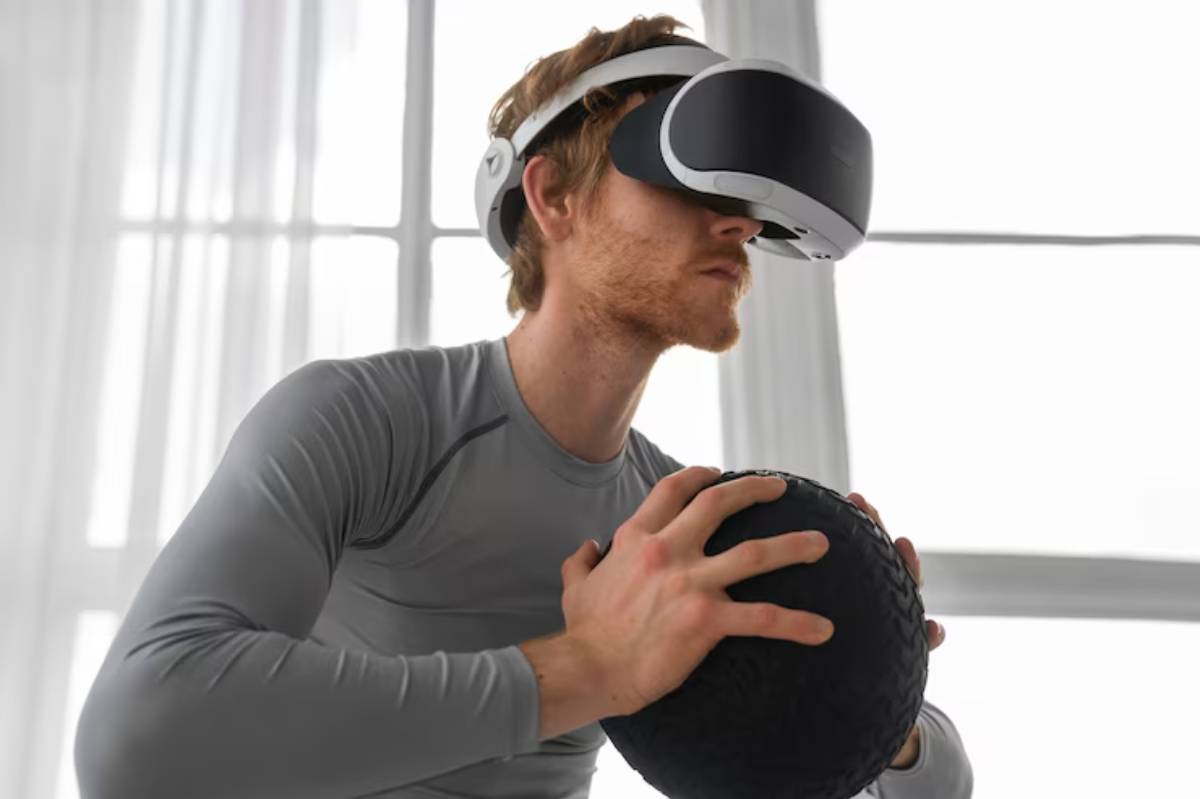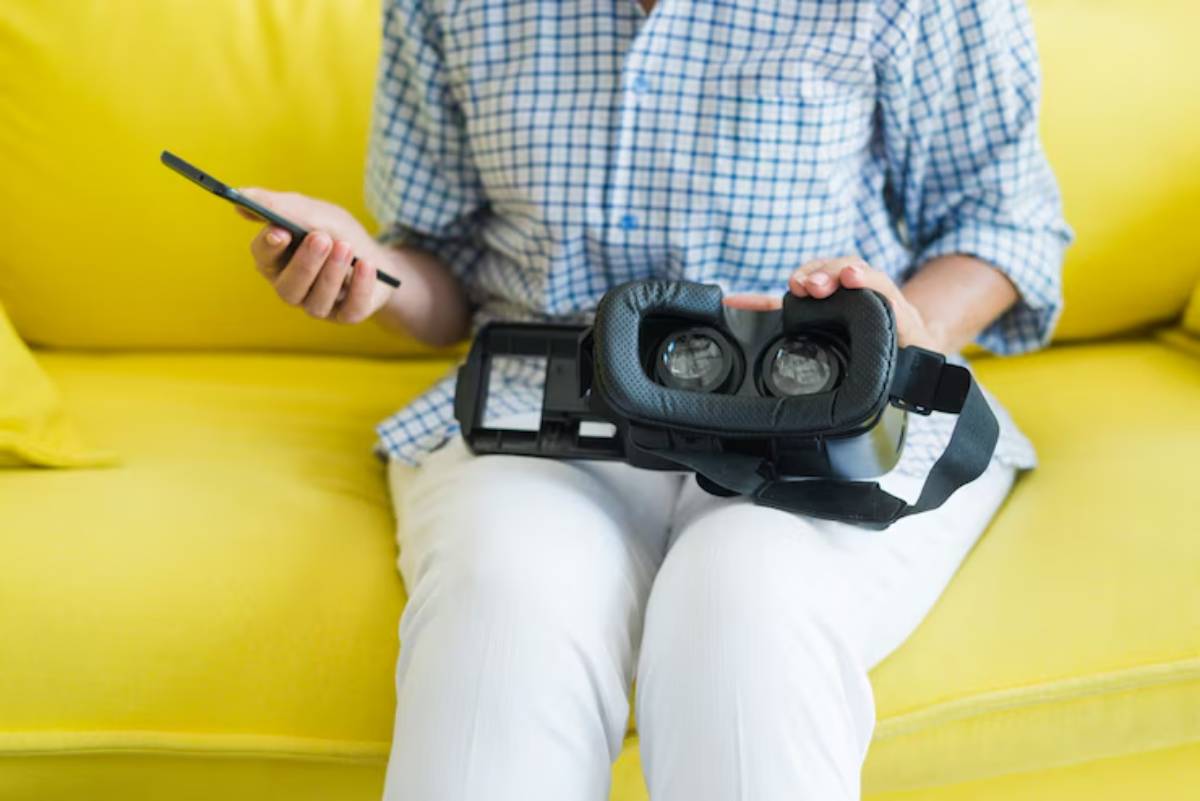
Mid-Range VR Headsets: Features vs Price
High-end VR headsets can feel out of reach for many people. At the same time, entry-level options often come with limitations that leave you wanting more. So where’s the middle ground?
Welcome to the world of mid-range VR headsets. Priced between £300 and £600, this category offers the best of both worlds — impressive features at more manageable prices. If you’re looking for excellent display quality, solid tracking, and a wide game library without spending a small fortune, this guide is for you.
We’ll break down the leading contenders, compare specs and performance, and help you decide which value VR headset offers the most bang for your buck. Whether you’re exploring Pico vs Quest, or evaluating the latest updates from HTC and DPVR, you’ll leave with clarity and confidence.
What Defines a Mid-Tier VR Headset?

Mid-range VR headsets sit between budget models like the Meta Quest 2 and premium gear like the Valve Index or Meta Quest Pro.
These devices offer upgrades in:
- Display resolution and clarity
- Tracking precision
- Build quality and ergonomics
- Game and app support
They’re aimed at users who want immersive performance for gaming, fitness, or professional apps — without investing in top-tier hardware.
Typical Price Range
- Entry-level: Under £300
- Mid-tier: £300–£600
- High-end: £600 and above
Key Features to Compare

Before diving into specific models, let’s look at the most important features you’ll be weighing in a mid-tier VR comparison.
1. Display and Visual Quality
- Resolution per eye
- Field of view (FOV)
- Refresh rate
- Lens type (Fresnel, pancake, etc.)
2. Tracking and Movement
- Inside-out tracking vs external sensors
- Controller precision and haptics
- Room-scale or seated play support
3. Platform Compatibility
- Standalone (all-in-one) vs PC-tethered
- SteamVR, Meta Store, or proprietary ecosystems
4. Comfort and Design
- Head strap quality
- Face padding and weight distribution
- Adjustability for IPD (interpupillary distance)
5. Battery and Power
- Session length
- Hot-swappable or built-in battery
- Charging dock or USB-C
The Best Mid-Range VR Headsets Compared

Here’s a breakdown of the top-performing mid-tier VR headsets as of 2025.
1. Meta Quest 3 (128GB)
Price: ~£499
Meta Quest 3 improves on the Quest 2 with pancake lenses, better clarity, and full-colour mixed reality passthrough. It’s a standalone headset with the option to stream PCVR games, giving you flexibility.
Key Features:
- 2064 × 2208 per eye resolution
- Snapdragon XR2 Gen 2 processor
- Mixed reality (MR) with colour passthrough
- Excellent app ecosystem
Pros:
- Top-tier visuals in this price range
- Strong community and developer support
- Lightweight and compact
Cons:
- Still requires battery upgrades for long play
- Some accessories sold separately
Looking for extended session play? Pair this with the battery packs for extended VR sessions to boost game time and headset balance.
2. Pico 4
Price: ~£379–£429
The Pico 4 is a true challenger to the Meta Quest 3, offering similar clarity and a lighter, more balanced design. It has a growing app library and support for SteamVR over Wi-Fi.
Key Features:
- 2160 × 2160 per eye resolution
- Pancake lenses
- 105° FOV
- Colour passthrough
Pros:
- Excellent display at this price point
- Comfortable for long sessions
- No Facebook/Meta login required
Cons:
- Smaller app store
- Mixed reality apps not as polished
- Fewer accessories available
If you’re trying to decide between platforms, this Quest vs Pico review shows how closely they now compete — with Pico excelling on clarity and ergonomics.
3. DPVR E4
Price: ~£499
DPVR E4 is a lightweight PCVR headset that offers competitive specs and strong performance in games like Half-Life:
Alyx, Boneworks, and other Steam titles. It doesn’t need external sensors, thanks to inside-out tracking.
Key Features:
- 3664 × 1920 resolution
- 120Hz refresh rate
- 116° FOV
- Compatible with SteamVR
Pros:
- Crisp, smooth display
- Great tracking accuracy
- Good value for PC gamers
Cons:
- Tethered only — no standalone mode
- Fewer Western accessories or updates
4. HTC Vive Flow Business Edition
Price: ~£499
The Vive Flow stands out for its unique design — it resembles a pair of oversized glasses rather than a traditional headset. While limited in performance, it shines in light-use scenarios like meditation, media watching, and wellness.
Key Features:
- 1600 × 1600 per eye resolution
- Ultralight (189g)
- Requires external power
- Controlled via smartphone or separate controller
Pros:
- Ultra-portable
- Sharp display for media
- Ideal for relaxation and travel
Cons:
- Not ideal for gaming
- Limited control interface
- Requires power bank
5. HP Reverb G2 (on sale or refurbished)
Price: ~£350–£450
While slightly older, the HP Reverb G2 remains popular for its high-resolution display and deep integration with SteamVR. Great for sim racing, flight sim, and seated experiences.
Key Features:
- 2160 × 2160 per eye
- 90Hz refresh rate
- WMR and SteamVR compatible
Pros:
- Excellent image quality
- Comfortable head strap
- Good value when on sale
Cons:
- Controllers feel outdated
- Tracking less accurate than newer models
Mid-Range Headset Comparison Table
| Headset | Resolution (per eye) | Type | Price | Best For |
| Meta Quest 3 | 2064×2208 | Hybrid | ~£499 | Versatile gaming + MR |
| Pico 4 | 2160×2160 | Hybrid | ~£429 | Visual clarity + comfort |
| DPVR E4 | 3664×1920 (combined) | PCVR | ~£499 | PC gamers on a budget |
| Vive Flow | 1600×1600 | MR/Media | ~£499 | Travel, media, mindfulness |
| HP Reverb G2 | 2160×2160 | PCVR | ~£399* | Simulation and seated gameplay |
What to Consider Before You Buy
Gaming vs Productivity
- Gamers should prioritise refresh rate, tracking, and controller quality.
- Media consumers or casual users should focus on comfort and display.
Standalone vs Tethered
If you value mobility and want a wire-free experience, stick with Meta Quest 3 or Pico 4. PCVR setups like DPVR and Reverb G2 offer better visuals — but need a gaming PC.
Future-Proofing
While these are mid-range options, they’re likely to remain relevant for several years. Quest 3, in particular, has strong long-term support.
To enhance comfort, many users pair it with top VR controller grips and skins for added stability during intense play.
Conclusion: Find the Balance That Suits You
Mid-range VR headsets aren’t just compromise options — they’re where quality meets affordability. Whether you choose the Quest 3 for flexibility, the Pico 4 for comfort and clarity, or the DPVR for budget PCVR, you’re stepping into immersive experiences without overspending.
Start by asking what matters most to you — standalone freedom, PC-level visuals, or media-friendly design. Then match those priorities to the headset that delivers the best return for your money.
Still on the fence? Let us know your VR needs in the comments and we’ll help guide your choice. Or share which headset you’ve tried and what’s worked best for you.


